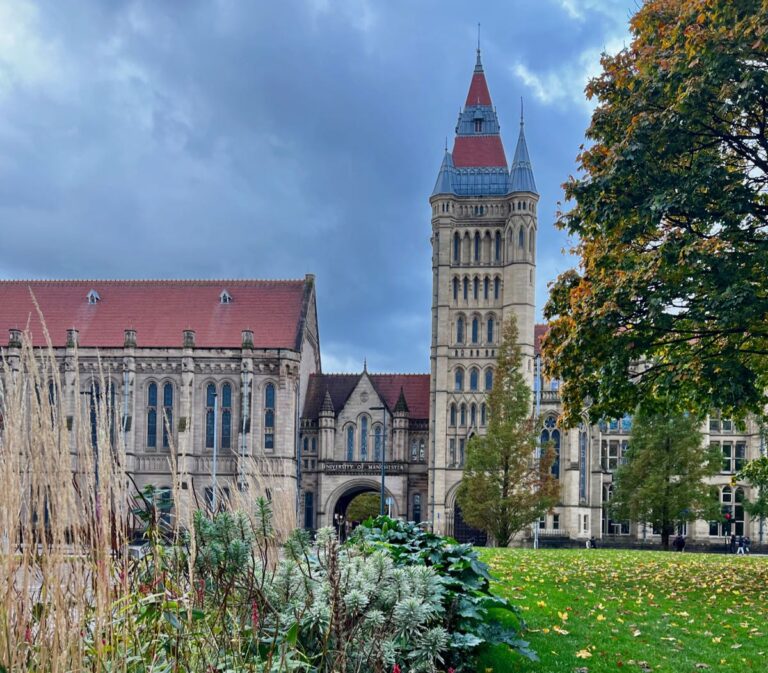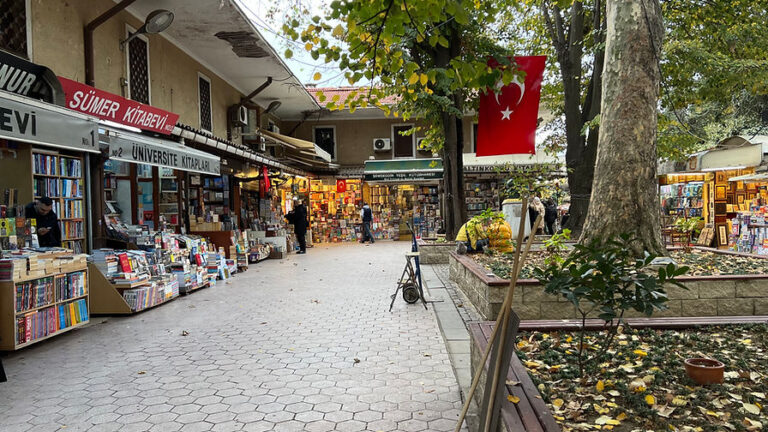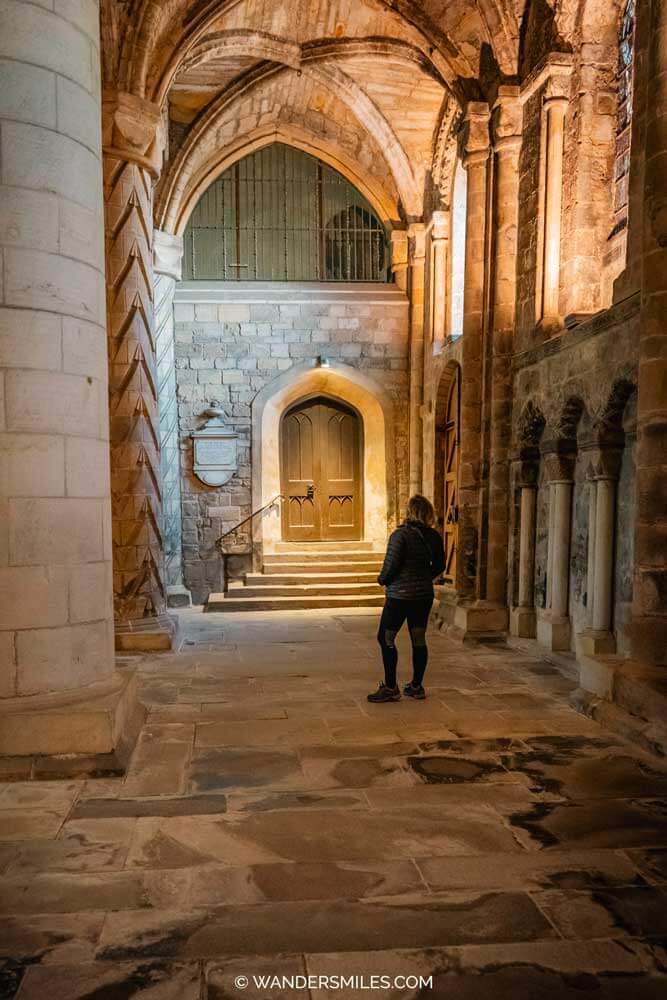Discover the enchantment of Rome with “Top 10 Must-See Attractions in Rome by Discover The World.” This ultimate travel guide for 2024 will lead you through the Eternal City’s most iconic landmarks and hidden gems, blending history with vibrant culture. From the majestic Colosseum to the serene gardens of Villa Borghese, your Roman adventure promises to be nothing short of phenomenal.
Immerse yourself in the rich tapestry of experiences, exploring ancient wonders like the Pantheon and the Roman Forum. Relish the bustling ambiance of Piazza Navona and make a wish at the legendary Trevi Fountain. Whether it’s your first time in Rome or a return visit, this guide ensures you won’t miss a thing. Get ready to uncover the secrets and splendors of Rome in a journey you’ll never forget!
Top 10 Must-See Attractions in ROME: Ultimate Travel Guide 2024
Welcome to your friendly guide on the top ten must-see attractions in Rome! Whether you’re an experienced traveler or a curious beginner, Rome’s blend of ancient wonders and vibrant modern culture has something to captivate everyone. Let’s dive in!
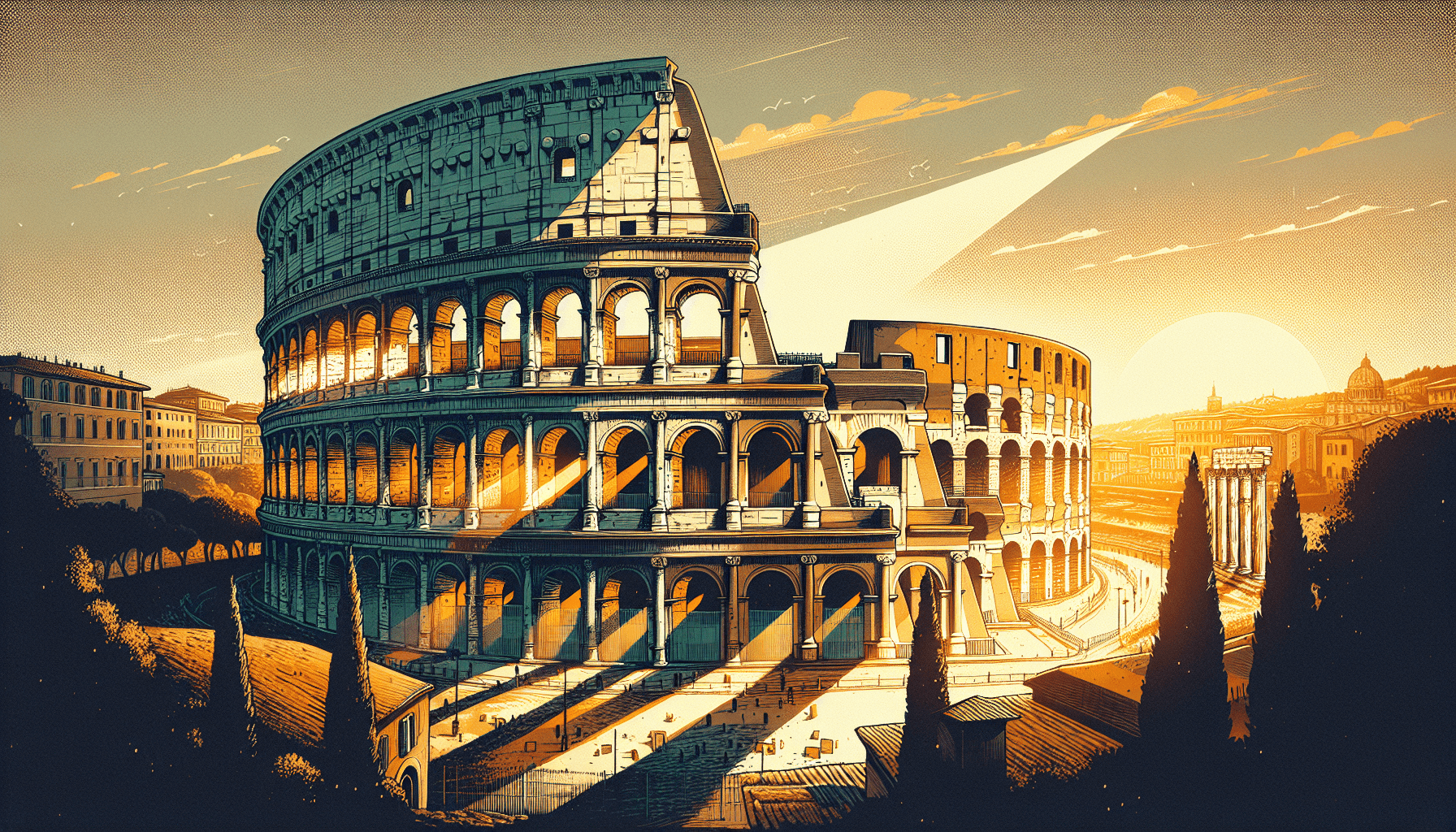
The Colosseum
Historical Significance
Walking up to the Colosseum, you immediately feel the presence of history. This ancient amphitheater, built between AD 70-80, could hold up to 80,000 spectators. It was the stage for gladiatorial contests, public spectacles, and dramatic reenactments of battles, giving you a vivid glimpse into the life and entertainment of ancient Romans.
Architectural Marvel
As you marvel at its grandeur, think about the architectural prowess it took to build such an iconic structure. The Colosseum’s design features a complex system of vaults and arches, making it one of the most innovative buildings of its time. The exterior, originally clad in travertine limestone, stands as a testament to Roman engineering.
Gladiatorial Games
Imagining the roaring crowds during the gladiatorial games brings the Colosseum to life. These games were more than entertainment; they were a reflection of Roman social and political life. Gladiators, often slaves or prisoners of war, fought to the death for the chance to gain their freedom.
How to Visit
Visiting the Colosseum is relatively straightforward. It’s recommended to buy your tickets online in advance to skip the long queues. Guided tours are also available and provide rich historical context that enhances your experience. Don’t forget to explore the nearby Roman Forum and Palatine Hill, as entry is often included with your Colosseum ticket.
The Roman Forum
Heart of Ancient Rome
Walking through the Roman Forum, you are literally in the heart of ancient Rome. This was the bustling center of political, commercial, and social activity. Important government buildings, temples, and monuments once stood here, witnessing the rise and fall of the Roman Empire.
Significant Structures
As you wander, you’ll come across remarkable structures such as the Temple of Saturn, Arch of Titus, and the House of the Vestals. Each tells a story of religious practices, triumphant victories, and political life in ancient Rome.
Visiting Tips
To make the most of your visit, consider arriving early in the day to avoid crowds and the midday heat. Comfortable walking shoes are a must, as the terrain is uneven with ancient cobblestones and ruins. Bringing water and a hat is also helpful.
Guided Tours
Opting for a guided tour of the Roman Forum can provide you with insights that you might miss on your own. Knowledgeable guides share fascinating stories about the ruins and significant historical events, making your visit more enriching and enjoyable.
Pantheon
Historical Background
Stepping into the Pantheon, you step into a saga that began in 126 AD. Originally built as a temple to all Roman gods, it has since been repurposed into a Christian church, preserving it remarkably well over centuries.
Architectural Features
The Pantheon’s architecture is nothing short of awe-inspiring. Its massive dome, which remains the largest unreinforced concrete dome in the world, was a groundbreaking engineering feat. The granite Corinthian columns at the entrance add to its majestic appearance.
The Oculus
The oculus, a 27-foot opening at the dome’s peak, is the Pantheon’s only source of natural light. It creates a mystical atmosphere as light beams move across the interior, illuminating the intricacies of the structure and contributing to its ethereal beauty.
Visitor Information
Admission to the Pantheon is usually free, but it can get crowded, particularly on weekends. Visiting in the early morning or late afternoon can help you avoid the throngs of tourists. Remember to dress modestly, as the Pantheon is still an active church.
Trevi Fountain
Legend of the Coins
Tossing a coin into the Trevi Fountain is one of Rome’s most beloved traditions. Legend says that throwing a coin over your left shoulder with your right hand ensures a return to Rome. Throwing three coins promises a new romance, provided you’re single!
Architectural Design
Designed by Nicola Salvi and completed by Giuseppe Pannini, the Trevi Fountain exemplifies Baroque artistry. Its central figure is Oceanus, flanked by tritons and horses, symbolizing the taming of the waters. The cascading waters add dynamic life to the intricate sculptures.
Best Time to Visit
The fountain is beautiful any time of day, but visiting early in the morning or late at night offers a more peaceful experience. The soft morning light or the evening illumination creates a magical atmosphere that adds to the charm of the experience.
Nearby Attractions
Just a short walk from the Trevi Fountain, you can find the Piazza di Spagna and the Spanish Steps. Also, don’t miss the Gelateria dei Gracchi nearby for some of the best gelato in Rome!
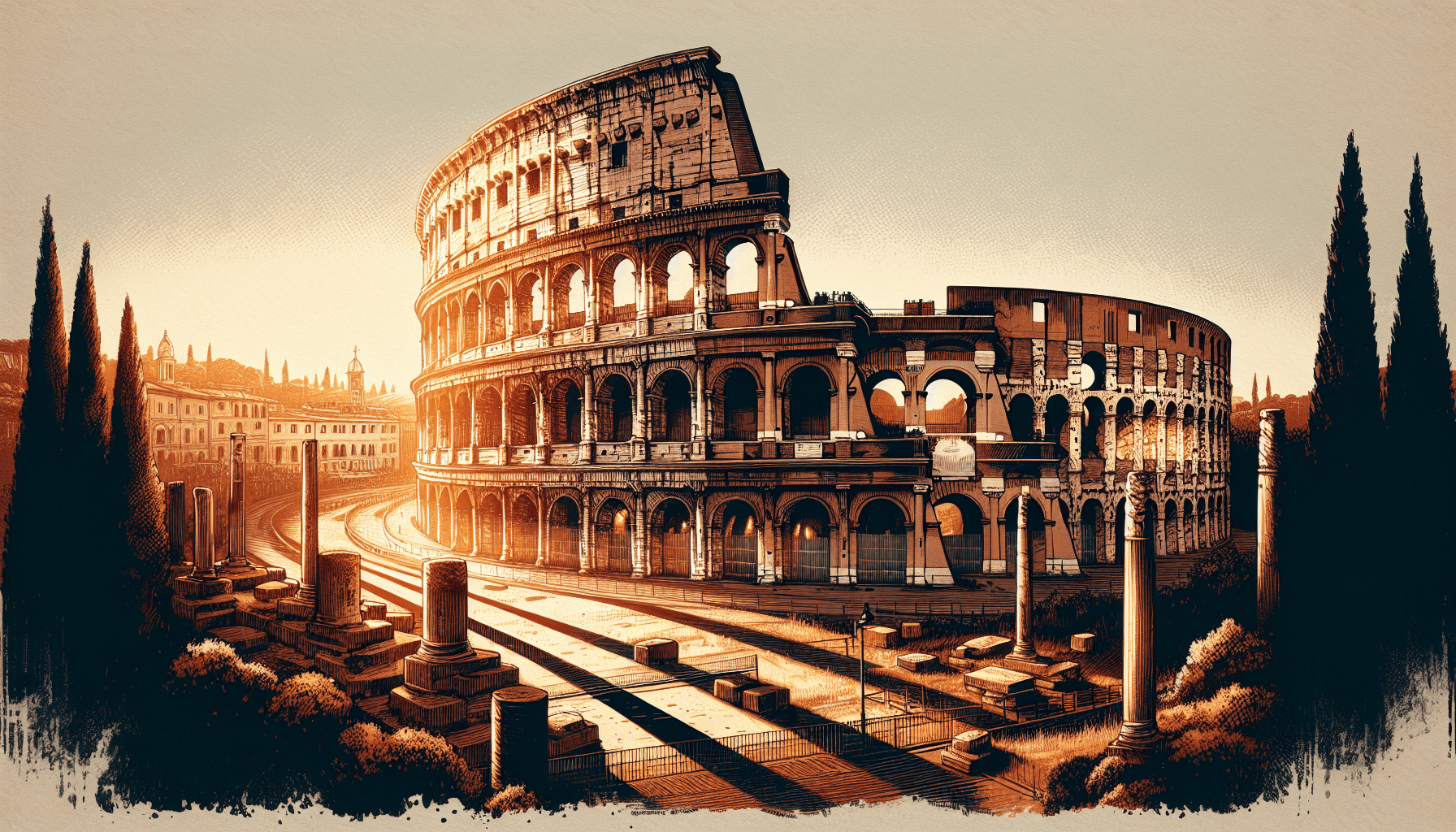
Spanish Steps
Cultural Importance
Climbing the Spanish Steps, you not only get a workout but also traverse a site rich in history. Built in the 18th century to link the Trinità dei Monti church with the Spanish Embassy, they became a popular meeting place and are often featured in literature and film.
Floral Displays
During spring, the Spanish Steps are adorned with vibrant azaleas, transforming the area into a floral spectacle. This display adds color and life, making it an idyllic spot for photos and leisurely strolls.
Connecting Landmarks
The Spanish Steps connect Piazza di Spagna at the base to Piazza Trinità dei Monti at the top. From the top, you can enjoy a fantastic view of Rome’s rooftops. Near the base, the Barcaccia Fountain, an elegant creation by Pietro Bernini, captivates visitors.
Visitor Tips
To best enjoy the Spanish Steps, arrive early, especially in peak seasons, to get some quiet moments before the crowds. Wear comfortable shoes for the climb, and perhaps take a moment to recharge with a cappuccino at one of the nearby cafés.
Villa Borghese
History and Background
Villa Borghese is not just a park; it’s a blend of nature and art. Originally a vineyard, it was transformed into a grand estate by the Borghese family in the 17th century. Today, it’s a sprawling public park perfect for relaxation and recreation.
Galleria Borghese
A visit to Villa Borghese isn’t complete without exploring the Galleria Borghese. This museum houses a stunning collection of artwork by masters such as Bernini, Caravaggio, and Raphael. The intimate setting allows for an up-close appreciation of these masterpieces.
Gardens and Sculptures
Strolling through the gardens, you’ll encounter beautifully landscaped areas, serene lakes, and captivating sculptures. The park also features charming spots like the Temple of Aesculapius and the Secret Garden, each offering a peaceful retreat from the city’s hustle and bustle.
Visitor Experience
Whether you’re enjoying a leisurely bike ride, picnicking by the lake, or exploring the Museo Pietro Canonica, Villa Borghese offers a delightful escape. Renting a rowboat on the lake or simply relaxing under the shade of ancient trees can make for a perfect afternoon.
Castel Sant’Angelo
Historical Evolution
Castel Sant’Angelo has a diverse history, transitioning from a mausoleum for Emperor Hadrian to a fortress, a papal residence, and now a museum. Each era left its mark, creating a building rich in layers of history and intrigue.
Architectural Highlights
The architecture of Castel Sant’Angelo reflects its multi-purpose history. The imposing cylindrical structure is complemented by beautiful frescoes, grand staircases, and Renaissance interiors, offering a fascinating journey through time.
Museum Exhibits
The museum houses a collection of art, military memorabilia, and furnishings, providing insights into its varied past. The Armory Room and the Papal Apartments are particularly interesting, showcasing the castle’s role in military defense and papal luxury.
Viewpoints
The castle’s terrace provides a stunning panoramic view of Rome, with the Vatican City, Tiber River, and Rome’s skyline all in sight. It’s a perfect spot for photography and offers a unique perspective of the city.
Vatican City
St. Peter’s Basilica
St. Peter’s Basilica is the heart of Vatican City, and stepping inside, you’re immediately awed by its grandeur. The basilica, a masterpiece of Renaissance architecture, features works by Michelangelo and Bernini. Don’t miss climbing to the top of the dome for a breathtaking view.
Vatican Museums
The Vatican Museums are a treasure trove of art and history. Spanning over 70,000 works, the collection includes classical sculptures, Renaissance masterpieces, and modern pieces. Highlights include the Raphael Rooms and the Gallery of Maps.
Sistine Chapel
The Sistine Chapel, with Michelangelo’s famous ceiling frescoes, is a highlight of any visit. The Creation of Adam and The Last Judgment are awe-inspiring, and it’s fascinating to consider the years it took to complete these monumental works.
Visitor Guidelines
Visiting Vatican City requires some planning. Dress code is strict – shoulders and knees must be covered. Booking tickets online in advance is highly recommended to avoid long lines. Guided tours can enhance your visit, providing deeper insights into the history and art.
Piazza Navona
Baroque Architecture
Piazza Navona is a Baroque masterpiece, built on the site of an ancient Roman stadium. The three stunning fountains, especially Bernini’s Fountain of the Four Rivers, and the church of Sant’Agnese in Agone, exemplify the artistic exuberance of the time.
Famous Fountains
In addition to Bernini’s fountain, the Fontana del Moro and the Fontana del Nettuno add to the piazza’s charm. They provide a perfect backdrop for photos and a pleasant ambiance for people-watching.
Street Performers
Piazza Navona is lively with street performers, artists, and musicians. These vibrant scenes make it a delightful place to wander, as you soak in the artistic and cultural atmosphere.
Nearby Cafés and Restaurants
Surrounding the piazza are numerous cafés and restaurants offering delicious Italian cuisine. Enjoying a gelato or a traditional Roman dish while overlooking the beautiful fountains makes for an unforgettable experience.
Conclusion
Summary of Attractions
From the grandeur of the Colosseum and the Pantheon to the artistry of the Vatican Museums and Piazza Navona, Rome offers a rich tapestry of history, culture, and beauty. Each attraction provides a unique window into the city’s storied past and vibrant present.
Travel Tips
For a smooth trip, planning is key. Buy tickets in advance for popular attractions, wear comfortable shoes, and always carry a bottle of water. A guided tour can add great value to your visits, providing deeper insights and helping navigate through crowded spots.
Best Times to Visit
The best times to visit Rome are during the shoulder seasons—spring (April to June) and fall (September to October). During these periods, the weather is mild, and the tourist crowds are thinner. Early mornings and late afternoons are ideal for visiting major attractions.
Final Thoughts
Rome is a city that mixes its ancient heritage with a bustling modern life, offering endless experiences for every kind of traveler. Whether you’re marveling at ancient ruins, enjoying sumptuous Italian cuisine, or simply wandering through its charming streets, Rome will leave you enchanted. Embark on this journey and create memories that will last a lifetime.
We hope you have a fantastic time exploring Rome and that this guide helps you make the most of your visit. Buon viaggio!



